
Redesign Your School Athletic Pavilion | 2014 National High School Architecture Competition #125
Overview: Atech is a school based primarily on academics and the school’s gym isn’t looked at as something that is needed with the academics of the school. In 1994 Atech was built, with no gym, it wasn’t till 2000 when we finally got a school gym. To add on the gym they spent $12,000,000 the gym was built to fit the amount of students and teachers in the school at the time. In 2002 the east wing was built and this added the amount of students and teachers in the school. Now the school gym is too small for how many people have to fit into it. ATECH offers 2 years of physical education, freshman and sophomore year after that you can’t take PE. We have showers we are not allowed to use and shared gym lockers because we don’t have enough lockers for everyone to have one. They gym is used for PE and for school assemblies. When the school has an assembly they add chairs and pull out the bleachers and that still is barely enough seating for half the school for that reason is why we have to have assembly’s twice. ATECH students who want to or do play sports go to their zoned school and have to opt into the overcrowded 8th period PE so they can leave early and get to their zoned school in time for practice.
Design Problem: Atech’s gym is a standard basketball court with pullout bleachers, small locker rooms, bathrooms and a very small weight room with very standard weights and bars. The basketball court is a nice court but the room is not big enough to also have the assemblies in there. The locker rooms are too small for the amount of students and one of the locker rooms is a portable. The students get shared lockers and no breathing room to change into the PE uniform. The weight room is a small room with very standard weights and bars, and to add to that there isn’t even enough equipment for everyone to use. While the school is primarily academics it would still are nice to have that time of the day to exercise and have the right equipment to do so. With the right equipment also comes sports and if not school sports school clubs that can meet during the week to play those sports or practice or train.
Design Resolution: by expanding the building that will provide more room for lockers, bathrooms, GYM room, and the weight room and by adding a second story can put an elevated track so we can run in any weather condition. By adding more sports oriented things like a track and space for field events we can create clubs or even school sports. By adding sports or even just clubs that can go to competition it increases school spirit, thus increasing school activity. By adding more colored bleachers we can give a sense of school spirit by using school colors while adding space for people to sit and watch sports. By using folding bleachers we create extra room for anything. By making the locker room biger we cna add more lockers and make people feel better about changing in the room and safer with their stuff.

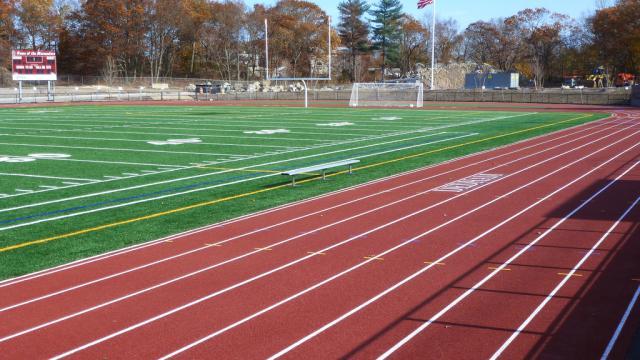


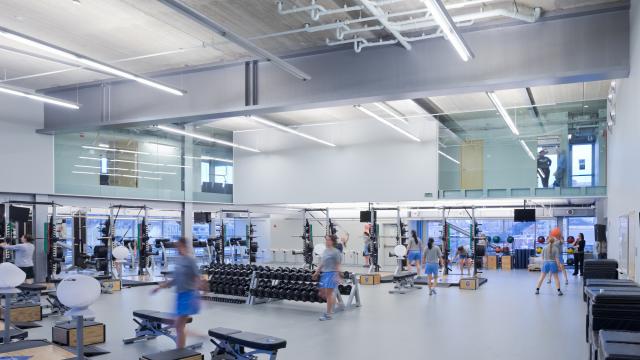
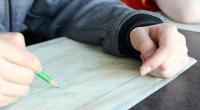





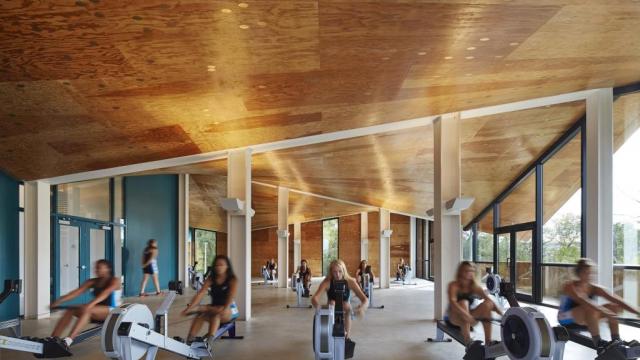



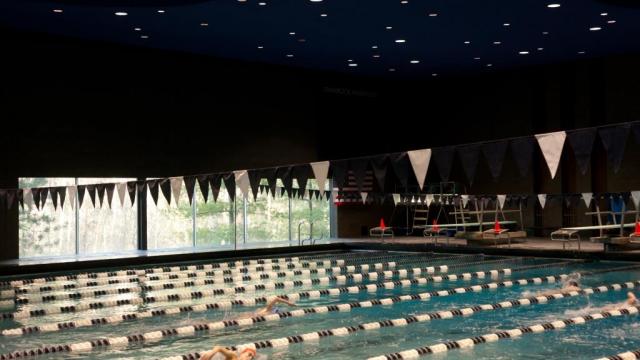






Comments
Great overview and statement of problem and resolution. Make sure to look back at early design material before submission to make sure that you have met or clarified your original assumptions. As a design professional it is critical to evaluate and reconsider your decision making process throughout your career.